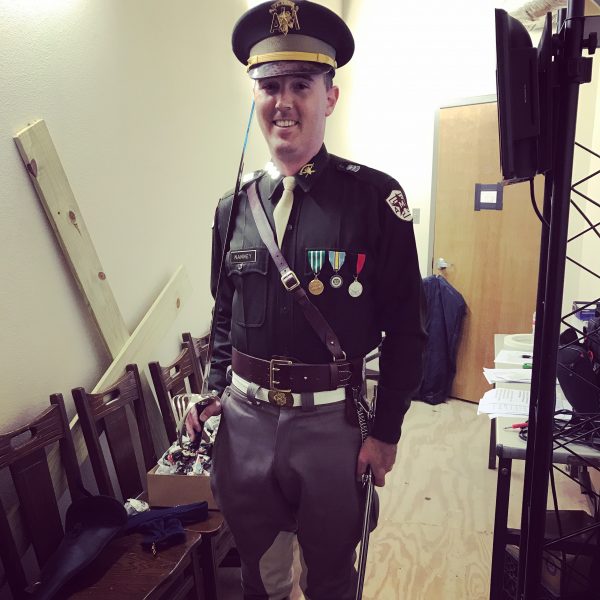
I’ve had the chance to teach the Good Samaritan story to groups of children and preteens over the past month. I adapted the Bible story from Luke’s Gospel to speak to the kids in their cultural context. In Mississippi, for example, I orchestrated a skit that had a Mississippi State Bulldog fan kneel down and help an Ole Miss Rebel who had been passed over by two other Rebel fans.
In a skit in Texas I had an Aggie fan get beat up, only to be passed over by two more Aggie fans and then compassionately helped by a Longhorn fan.
I was warned in Mississippi that this would open up a can of worms by bringing up these two opposing fandoms in the skit.
BUT THAT IS THE POINT!
Jesus was opening up a can of worms by telling a story where the bad guy is the good guy. He was trying to show that your neighbor is the person that society tells you is unclean.
In Mississippi, the kids got all fired up for their “team” by shouting and screaming in support when they saw their respective characters in the story. But when the Bulldog knelt down to help the Rebel, it got so quiet you could hear a pin drop. They got it. They understood that even our enemy is our neighbor and that people we think are different than us are not excluded from the command to neighborly love. Our neighbor is NOT just our team, our street, our gang, our state, our country, our skin color. Our neighbor is, well, everyone.
Usually, when someone says “Samaritan” in today’s North American culture, they’re talking about a stranger helping a stranger. We hear about “Samaritans” in the news who stopped on the highway to help someone who got in an accident or other similar stories.
That’s a good start (strangers helping strangers), but it doesn’t capture the whole meaning of Jesus’ teaching in Luke 10:25-37. Jesus was talking about an enemy coming to the aid of Jesus’ Jewish audience.
The Samaritans in the first Century were viewed by Jesus’ Jewish audience as half-breed scum. Contact with them was to be avoided (John 4:9). This is why it was so shocking and revolutionary when Jesus even spoke with the Samaritan woman at the well (John 4).
So when an “expert in the law” wanted to feel good about himself for obeying all of God’s commands, he asked Jesus for some clarification about the definition of one’s neighbor (as in, love your neighbor as yourself).
Jesus replied with the famous story:
A man (presumably a Jewish man) goes walking down the road and gets attacked by thieves. He is left for half dead and then gets passed over by a Jewish priest and a Levite (two people who would be expected to help).
Then comes the Samaritan. And this perceived low-life turns out to be the hero who helps.
Jesus shocked his audience by making the enemy the good guy.
Jesus asked the expert in the law who the neighbor was. And he replied, “the one who had mercy on him.” He couldn’t even gather himself to say, “the Samaritan!”
Jesus tells the expert (and all of us), “go and do likewise” (Luke 10:37).
Try it out with your group. Find two opposing groups (the more they hate one another the better) in your local context (north of river vs south of the river, this team vs that team, etc.) and tell the story using those groups. Make the guy who gets beat up (and the two passerbys) the majority group in your audience. Then have someone who is perceived by your audience as an enemy be the Samaritan in the story.
It’s bold. But then again, Jesus was bold and revolutionary. The least we can do is try to retell his stories with some contextual accuracy.



